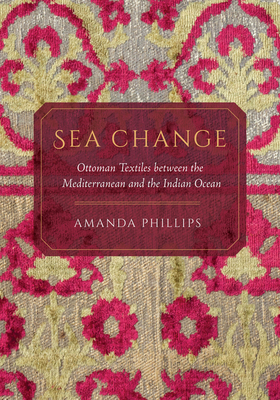Expedite your nonfiction book discovery process with Readara interviews, summaries and recommendations, Broaden your knowledge and gain insights from leading experts and scholars
In-depth, hour-long interviews with notable nonfiction authors, Gain new perspectives and ideas from the writer’s expertise and research, Valuable resource for readers and researchers
Optimize your book discovery process, Four-to eight-page summaries prepared by subject matter experts, Quickly review the book’s central messages and range of content
Books are handpicked covering a wide range of important categories and topics, Selected authors are subject experts, field professionals, or distinguished academics
Our editorial team includes books offering insights, unique views and researched-narratives in categories, Trade shows and book fairs, Book signings and in person author talks,Webinars and online events
Connect with editors and designers,Discover PR & marketing services providers, Source printers and related service providers

Sea Change: Ottoman Textiles Between the Mediterranean and the Indian Ocean
History > Middle East - Turkey & Ottoman Empire
- University of California Press
- Hardcover
- 9780520303591
- -
- -
- History > Middle East - Turkey & Ottoman Empire
- (Single Author) Asian American
- English
Readara.com
Book Description
Author Bio
I am Associate Professor of Islamic Art and Material Culture, having joined the Department of Art in 2015 as Assistant Professor after positions at the University of Birmingham and the Museum of Islamic Art in Berlin. My first book, Everyday Luxuries, was published with the National Museums of Germany in 2016; it explored the circulation of art and objects in the Ottoman capital of Istanbul in the years between 1600 and 1800. The book argued, among other things, that the consumption habits of men and women in Istanbul drove the production of textiles, ceramics, metalware, woodwork, and other crafts, as well as the arts of the book. While these categories of objects form the bulk of many museum collections, they are often neglected by both scholars and curators. Everyday Luxuries proposed new ways of seeing, studying, and exhibiting them, also moving Islamic art history beyond its traditional focus on the uppermost elites.
My second monograph, Sea Change, published in 2021 with the University of California Press, explored Ottoman textiles from both a global and interdisciplinary perspective, uniting the eastern Mediterranean with the Indian Ocean on one hand, and social and economic history with art history, technical studies, and global history on the other. It also insists on a more comprehensive history of textiles, arguing that the plain, the non-canonical, the well-worn, and the downright mediocre are necessary parts of an expanded topography, and deserve treatment on their own terms. Artisans made decisions as the worked, and the book also returns agency to the men and women earning their livings in the textile sector. It shows how they coped with economic hardship and technological change, as well as how they resisted regulations imposed by the central authorities.
As an active researcher whose scholarship relies on close analysis of objects, I continue to work in museums across the US, Europe, and the Middle East, with occasional visits to South and East Asia. Using collections in Greece, Turkey, the UK, and the US, my third project will focus on the global language of flowers in the golden age of botany, as seen in textiles and other crafts. It will draw a through-line from the high arts and literature of the Ottoman court to vernacular modes of decoration, with a focus on textiles made and used by women.
My research has been supported by the Fulbright Commission, the National Endowment for the Humanities, the Max Planck and Marie Curie Foundations, the Gerda Henkel Stiftung, the British Academy, the Barakat Trust for Islamic Art, the Calouste Gulbenkian Museum in Lisbon, the Pasold Foundation for Textile Research, the Clarendon Bursary at the University of Oxford, and the Doris Duke Foundation for Islamic Art in Honolulu, among other sponsors.
At UVa, I am Affiliated Faculty at the Department of Middle Eastern and South Asian Languages and Cultures and the director of Diversity, Equity, and Inclusion at the Department of Art, and am currently teaching in the College Fellows Program, part of the Engagements curriculum for first year undergraduates. I continue to offer a comprehensive history of the art and architecture of the Islamic world in the spring of each year and occasionally advise Distinguished Major’s Papers. Students interested in graduate study of the material culture of the Islamic world, and the Ottoman Empire especially, are invited to email me to discuss admission to the doctoral program in Art and Architectural History.
Source: University of Virginia Arts & Sciences
Videos
No Videos
Community reviews
No Community reviews

